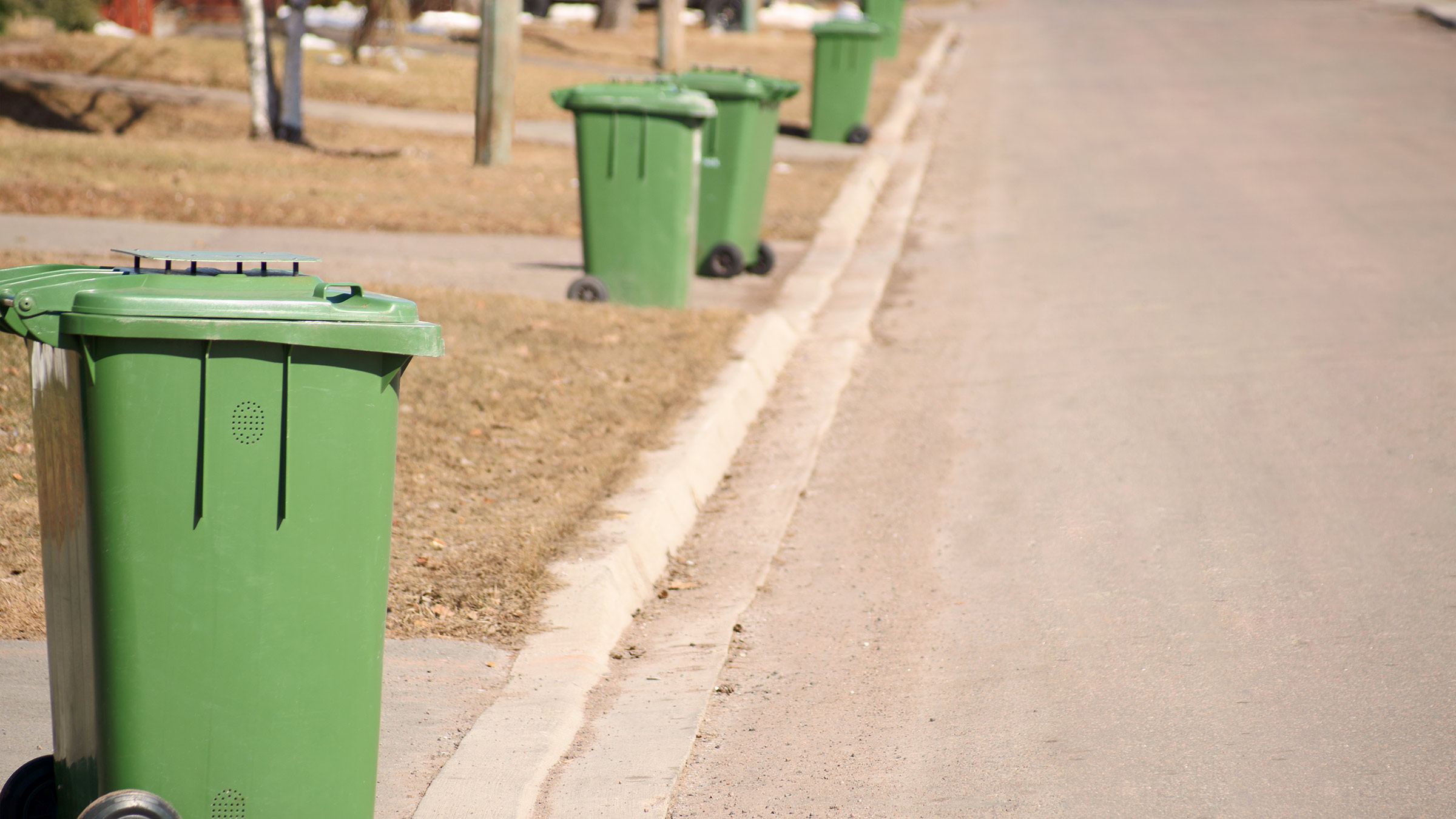Everyone produces waste, and cumulative waste tends to be a direct byproduct of economic activity.
As COVID-19 disrupts national and Ninth District economies, researchers continue to look for new ways to measure the pandemic’s impact and gain insights into changes taking place that are not yet obvious in traditional measures. So, while it’s bad form to look through someone’s garbage, it might actually be worthwhile to look through everyone’s garbage, or at least through waste that is tracked.
Waste data are spotty, it turns out, particularly in a real-time sense. But Minnesota tracks enough waste data to offer some insights into commercial and residential activity during the pandemic.
The Minnesota Pollution Control Agency (MPCA) tracks municipal solid waste, recycling, and organics that are reported (separately) by residential and commercial haulers across the seven-county Twin Cities metropolitan region.
Waste tonnage data going back to 2018 (Chart 1) suggest that first-quarter hauling tends to fall compared with the previous quarter, possibly due to fourth-quarter holiday shopping and festivities. However, in 2020, the first-quarter drop in commercial waste tonnage (34 percent) far surpasses the 2019 dip (14 percent).
In prior years, however, commercial and residential waste streams have typically rebounded in the second quarter, when overall activity in the state tends to increase with the return of warmer weather. That held true for residential waste. Not so for commercial waste, which dropped further—falling 46 percent below 2019 levels as the state shut down thousands of businesses as COVID-19 infection rates rose across the nation.
While a close audit of this shift is beyond the scope here, some general observations can be made from the top of the pile.
For example, at least some of the second-quarter drop in commercial tonnage likely shifted to residential waste as workers went from office buildings to their homes. Although second-quarter residential waste was 15 percent below 2019 levels, a pattern of lower residential waste collection was already in place before the pandemic. Strong residential increases in the second and third quarters have pushed most recent tonnage levels above 2019’s collection.
Commercial waste, meanwhile, continued to lag; despite an increase of almost 40 percent from the second quarter to the third quarter in 2020, commercial tonnage was still almost 30 below 2019 third-quarter levels.
A throw-away tax
Waste can offer a glimpse into statewide business closures, a critically important—but largely unreported—matter during the pandemic.
The statewide Solid Waste Management (SWM) Tax, for example, is a 17 percent tax that establishments pay for waste removal based on their industry and the bin size required for mixed municipal solid waste.
Unlike the metropolitan MPCA hauler data, the SWM tax is not based on trash volume. The tax is a fixed cost for operating establishments, irrespective of the monthly amount of waste generated. Hence, this tax doesn’t necessarily tell us anything definitive about how much waste was (or was not) generated. It actually tells us something potentially more interesting—namely, how many businesses decided not to have a bin.
SWM tax revenue shows a similar, but also somewhat different, decline to MPCA hauler data. The tax shows some modest seasonality (Chart 2), as first-quarter tax collections are typically the lowest, and second quarters typically see an increase as more bins are brought into trash service.
But in the second quarter of 2020, SWM tax revenues fell by about 8 percent below 2019 levels. This decline relates to how many businesses were not operating, given their lack of bin usage. While some might have done so only temporarily during the shutdown, these data provide a potentially useful glimpse into statewide business closures, a critically important—but largely unreported—matter during the pandemic. Though the SMW tax collections rose in the third quarter, they remained 5 percent below 2019 levels.
As the adage says, someone’s trash—or in this case, everyone’s trash—is an economist’s treasure.






